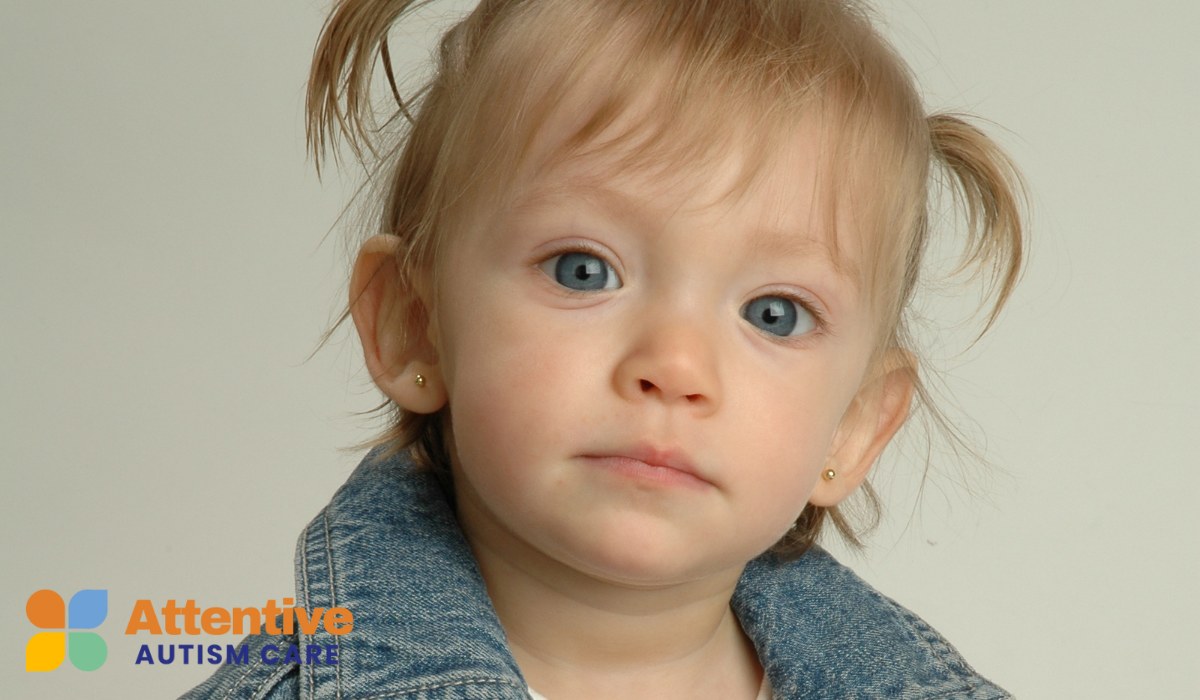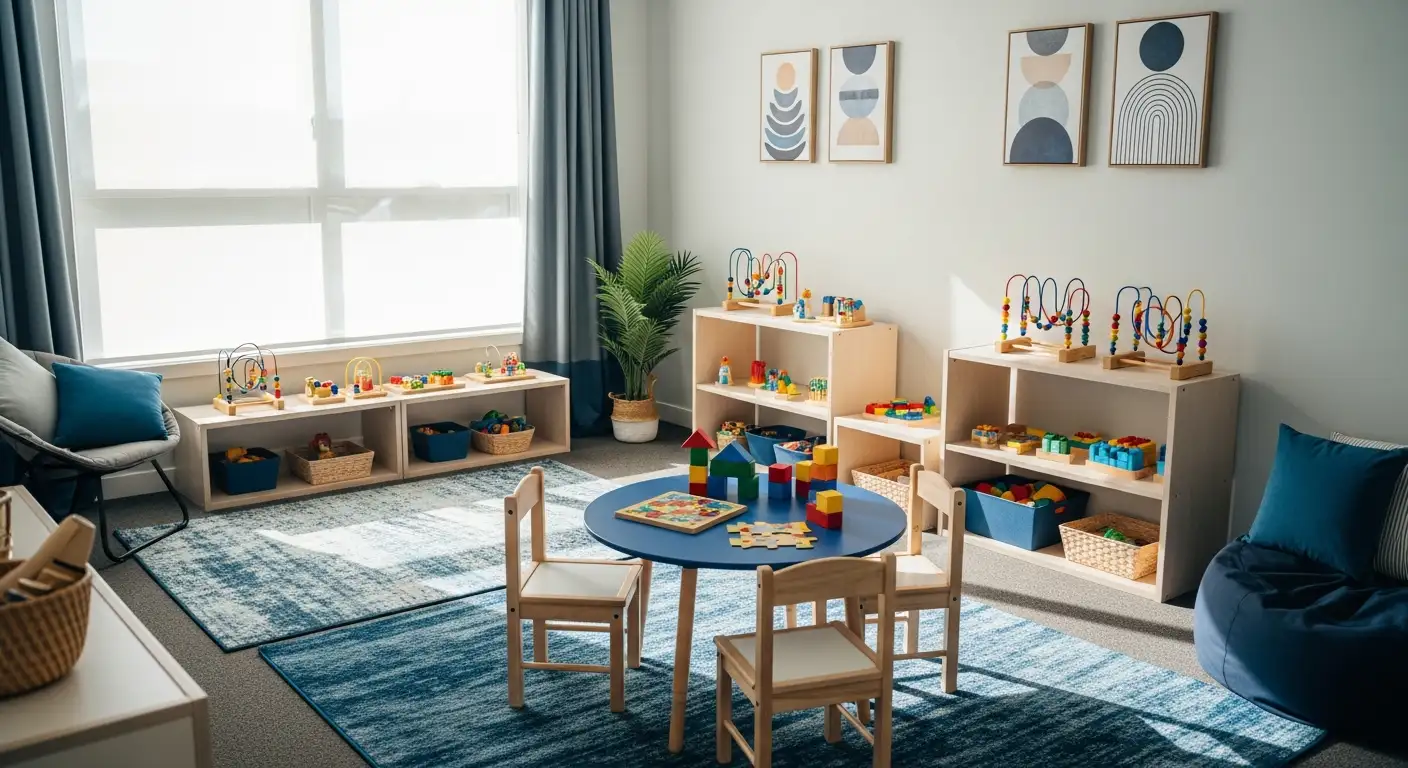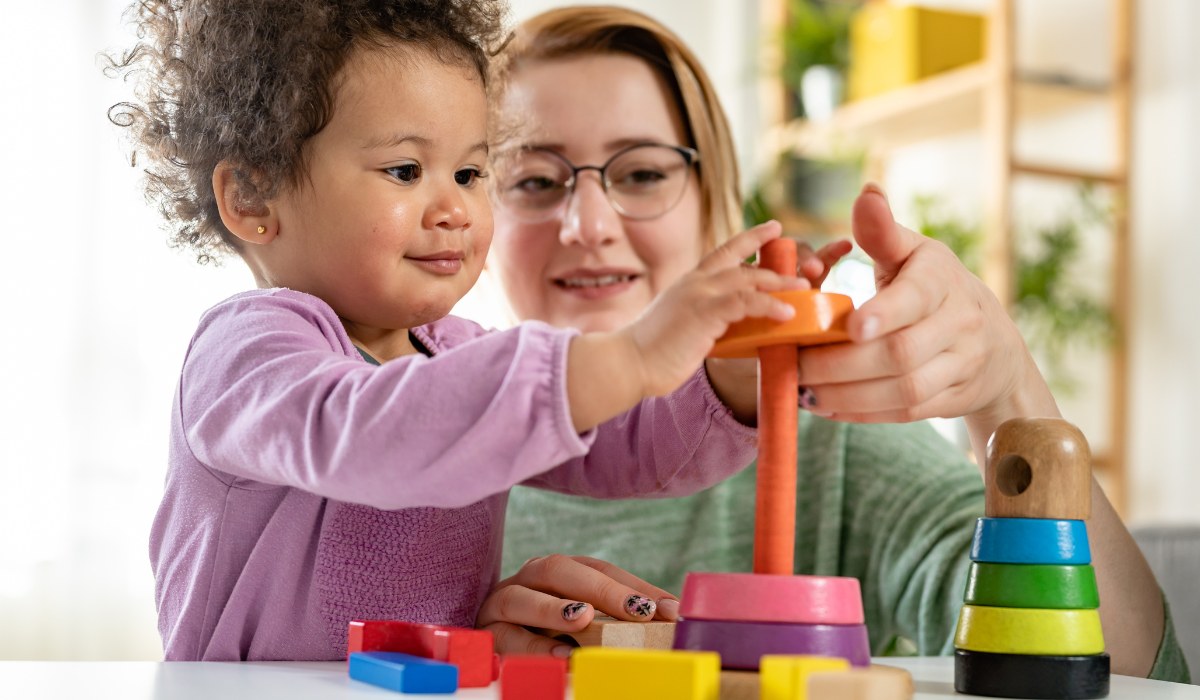Do Individuals with Autism Lack Empathy? Find Out
Understand empathy in autism and common misconceptions. Learn how autistic individuals experience emotions and connect with others in their unique ways.

Key Points:
- Empathy in autism is often misunderstood; autistic individuals do feel deeply but express it differently.
- Cognitive and emotional empathy function differently in autism, which affects how feelings are perceived and shown.
- With supportive approaches like ABA therapy, individuals on the spectrum can learn to interpret and express emotions in ways that strengthen connections.
Empathy is often described as the ability to “walk in someone else’s shoes,” to feel and understand what another person is going through. But when it comes to autism, one of the most common — and damaging — misconceptions is that autistic people lack empathy altogether. This myth can lead to unfair judgments, missed opportunities for meaningful connection, and barriers to inclusion.
The truth is much more nuanced. Individuals with autism experience empathy, connection, and compassion — just not always in ways that neurotypical people expect. To understand this, we need to explore how empathy actually works in the brain and how it manifests differently across the autism spectrum.
Do Individuals with Autism Lack Empathy?
No. Individuals with autism do not lack empathy; rather, they may express it differently from neurotypical individuals. Many autistic people feel deep compassion and concern for others but might struggle to recognize or respond to social cues that typically signal when empathy is expected.
This can lead to misunderstandings, as their emotional awareness often manifests in unique ways—such as showing care through actions rather than words. In reality, autistic individuals are fully capable of forming strong emotional connections; it just might take a bit more patience and understanding to see how their empathy shines through.
Understanding Empathy: What It Really Means
Before we talk about autism specifically, it helps to unpack what empathy really is. Empathy isn’t a single trait — it’s a complex process involving both thought and emotion.
There are two main types of empathy:
- Cognitive empathy – the ability to understand another person’s perspective or what they might be feeling.
- Emotional (or affective) empathy – the ability to feel another person’s emotions or resonate emotionally with them.
For most people, these two types of empathy work hand in hand. You see someone crying, recognize they’re sad (cognitive empathy), and feel sadness for them (emotional empathy). But for many individuals with autism, these processes don’t always sync up in a typical way.
This doesn’t mean there’s no empathy. It means empathy might be expressed differently — or may take more effort to interpret and communicate effectively.

Why People Think Autistic Individuals Lack Empathy
The idea that autistic individuals “don’t have empathy” often comes from misunderstanding certain behaviors. Many parents, teachers, or peers might observe differences in social communication and assume emotional detachment. But that assumption misses the deeper truth.
Autistic individuals often struggle with social signaling — the subtle, nonverbal cues that convey emotion or intent, like facial expressions, tone of voice, or body language. Because of this, their empathy may not always look the way people expect.
Here’s how this misunderstanding commonly arises:
1. Difficulty Reading Facial Expressions and Social Cues
Some autistic people have a hard time interpreting facial expressions or tone. If someone looks sad but doesn’t say they’re sad, the autistic individual might not immediately recognize it. But once it’s pointed out, they can feel deep concern or distress for the person.
2. Overwhelming Emotional Resonance
Others experience too much empathy. They might become so emotionally affected by someone else’s pain that they freeze, withdraw, or appear unresponsive. This isn’t indifference — it’s emotional overload.
3. Challenges with Expressive Communication
Even when they feel empathy, expressing it can be difficult. They may not know how to phrase comforting words or might choose an unexpected response. The empathy is there; the expression just doesn’t match neurotypical expectations.
These misunderstandings can lead to frustration for both sides — but once you see the underlying mechanisms, it’s clear that empathy in autism is very much present, just experienced differently.
The Double Empathy Problem: When Understanding Goes Both Ways
One of the most enlightening concepts in autism research is the Double Empathy Problem. It suggests that empathy breakdowns between autistic and neurotypical individuals aren’t one-sided.
In simple terms, it’s not just that autistic people struggle to understand neurotypical people — neurotypical people also struggle to understand autistic perspectives.
This mutual gap in communication creates the illusion of “lack of empathy,” when in fact, it’s a difference in social language. For example:
- A neurotypical person might rely on small talk to express care.
- An autistic person might show care by helping solve a problem instead.
Both are acts of empathy — they’re just expressed differently. Recognizing this mutual misunderstanding can transform relationships and remove much of the stigma surrounding autism and emotional connection.
How Autistic Individuals Experience and Show Empathy
To truly appreciate empathy in autism, we have to shift our expectations. Empathy isn’t always about verbal reassurance or visible emotion. Sometimes it’s about actions, honesty, and attentiveness — qualities autistic individuals often display strongly.
Here are some common ways autistic people express empathy:
1. Practical Support
Instead of offering emotional words, they might take action — helping with a task, fixing a problem, or researching a solution. Their empathy translates into tangible help rather than verbal comfort.
2. Honest Feedback
Autistic individuals are often deeply truthful. When someone is struggling, they may respond with honest advice instead of “sugarcoating.” This honesty can feel blunt to some but comes from a genuine place of wanting to help.
3. Shared Interests
They may connect through shared passions — offering to engage in an activity together as a form of bonding. For example, watching a favorite show together might be their way of showing comfort and companionship.
4. Quiet Presence
Many autistic people express empathy through presence — sitting beside someone, offering quiet company, or simply being there. It’s empathy without words, but full of care.
Each of these examples shows that empathy in autism isn’t missing — it’s just communicated differently. Recognizing this helps families build stronger, more supportive relationships.

Building and Strengthening Empathy in Autism: Strategies That Work
Understanding that empathy exists in autism is the first step. The next is supporting autistic individuals in recognizing and expressing it more effectively.
Here are some evidence-based ways to help develop empathy skills — both emotional and cognitive — especially for children:
1. Model Emotional Labeling
Describe emotions in everyday life. Say, “You look happy because you’re playing your favorite game,” or “Your sister is sad because her toy broke.” This builds a mental link between situations and feelings.
2. Practice Perspective-Taking
Use role-play or storytelling to help them imagine what others might feel in different scenarios. Ask gentle questions like, “How do you think your friend felt when that happened?”
3. Encourage Mindful Awareness
Help them notice physical signs of emotion — tightness in the chest, tears, smiles — and connect these to emotional states. This builds awareness of both their own and others’ feelings.
4. Reinforce Empathic Actions
When your child shows care, even in small ways, reinforce it. Praise specific behaviors like, “That was kind of you to share your toy when your friend was upset.”
5. Use ABA Therapy Principles
Structured interventions like ABA help teach social cues, emotional understanding, and appropriate expressions of empathy through consistent, data-driven methods. A BCBA or trained ABA therapist can individualize strategies for your child’s unique strengths and needs.
Through these strategies, empathy can become more visible and natural — not because it didn’t exist before, but because it’s finally being recognized and nurtured.

The Role of ABA Therapy in Supporting Emotional Growth
Applied Behavior Analysis (ABA) is not just about reducing challenging behaviors — it’s also a powerful tool for teaching emotional understanding and connection.
In Attentive Autism Care’s ABA programs, for example, therapists use one-on-one sessions to help children recognize emotions in themselves and others. They use structured activities, visual supports, and positive reinforcement to make empathy-building both fun and effective.
Key areas ABA therapy can help include:
- Identifying emotions: Learning to label and recognize emotional states in themselves and others.
- Responding appropriately: Practicing what to do when someone feels sad, frustrated, or happy.
- Developing social communication: Strengthening verbal and nonverbal ways to express care.
- Reducing anxiety around social situations: Building confidence to engage with peers and family without fear of misunderstanding.
Over time, these lessons don’t just improve social skills — they enhance relationships and self-awareness.
Common Misconceptions About Autism and Empathy
Even with growing awareness, several misconceptions persist. Let’s clear them up:
“Autistic people don’t care about others.”
False. Many autistic individuals care deeply but may not express it conventionally.
“They can’t understand emotions.”
Not entirely. While reading emotions can be tricky, with support, autistic individuals can become quite skilled at recognizing emotional cues.
“They prefer to be alone.”
Many enjoy connection — they may just prefer smaller groups, structured interactions, or shared interests over spontaneous socializing.
“Empathy can’t be taught.”
In fact, empathy can be nurtured through structured guidance, positive reinforcement, and therapeutic approaches like ABA.
Dispelling these myths helps reduce stigma and encourages compassion from both sides — autistic and neurotypical.

Helping Parents and Families Understand Empathy in Autism
For parents, understanding how your child experiences empathy can change everything. You begin to see beyond the surface — recognizing that behind every reaction, there’s a feeling trying to find its way out.
Be patient. Observe patterns. When your child seems detached, they may be processing feelings too intensely to express them. When they say something blunt, they might be trying to connect, not offend.
ABA therapy can guide families through this process by helping interpret behaviors and build bridges of understanding. This partnership allows empathy — on both sides — to flourish naturally.
Final Thoughts: Building Deeper Connections Through Understanding
Empathy is not absent in autism. It’s simply expressed in diverse, beautiful, and sometimes unconventional ways. When we stop comparing autistic expressions of empathy to neurotypical norms, we begin to appreciate the full emotional depth that autistic individuals bring to their relationships.
At Attentive Autism Care, we believe that empathy can be nurtured through understanding, structured teaching, and individualized support. Our ABA therapy programs help children and families build emotional awareness, enhance social understanding, and strengthen real-world connections — one step at a time.
If you’re ready to support your child’s emotional growth and social communication, reach out today to learn more about our ABA therapy in New Mexico, Colorado, Utah, North Carolina, Maryland, and Nebraska. Together, we can help your child thrive — in understanding, empathy, and connection.




































































































